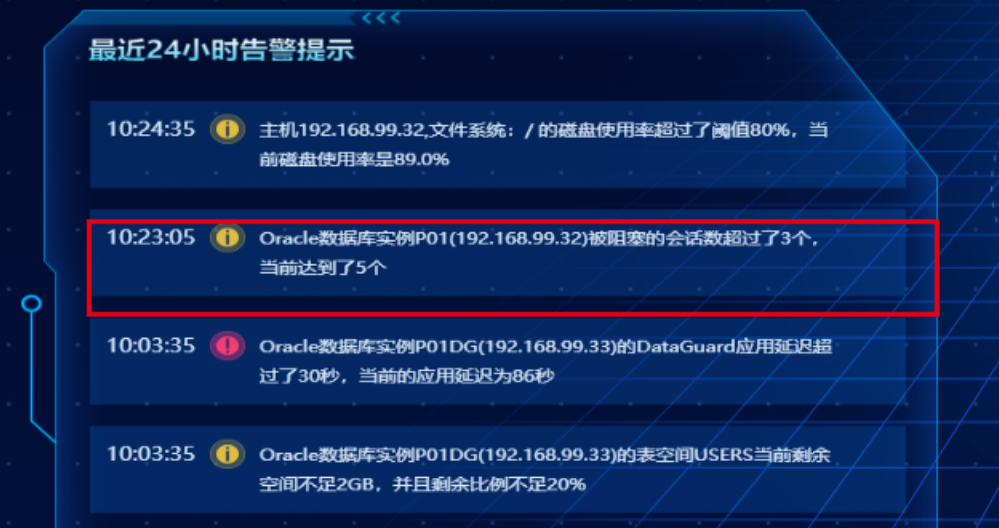

Price comparison is based on a three year total cost of ownership including HW, SW, networking, floor space, people, energy/cooling costs and three years of service & support. prices as of from our website and x86 hardware pricing is based on IBM analysis of U.S. Prices, where applicable, are based on U.S. IBM’s internal workload studies are not benchmark applications. The results were obtained under laboratory conditions, not in an actual customer environment. Both environments used jMeter to drive maximum throughput against two OLTP workload instances and were sized to deliver comparable results (15,487 responses per second (RPS) with IBM Z and 14,325 RPS with x86).

The load balancer was a 2-socket 8-core server with a total of 384 GB memory. Compared x86 models for the cluster were all 2-socket servers containing a mix of 6-core, 8- core, 12-core and 16-core Haswell, Skylake and Ivy Bridge x86 processors using a total of 136 cores with a total of 2,304 GB memory. Each guest had access to all vCPUs of the KVM server on which it was running. For x86 storage each guest operating system was configured with a 100 GB of virtual disk. The x86 configuration was comprised of six servers running KVM with 15 guests (three masters and twelve workers) for the OpenShift cluster version 4.3.5 with RHCOS and a seventh server was used for the load balancer on RHEL 7.6. The OpenShift cluster version 4.2.20, using Red Hat Enterprise Linux CoreOS (RHCOS) for IBM Z, was running across seven z/VM guests and the remaining eighth z/VM guest was running the OpenShift load balancer. IBM Storage DS8886 was used to create eight 250 GB DASD minidisks for each of the eight z/VM guests running in the LPARs. One IFL and a total of 128 GB memory were allocated to the second LPAR for the OpenShift load balancer. Seven IFLs and a total of 640 GB memory were allocated to one LPAR for three OpenShift masters and four worker nodes.

3 Successful Enterprise Application Modernization Requires Hybrid Cloud Infrastructure – A Forrester Consulting Thought Leadership paper commissioned by IBM, June 2021.2 Deloitte: Mainframe modernization with APIs.1 Based on an IBM commissioned study measured across five key value areas: business acceleration, developer productivity, infrastructure costs, regulatory and compliance, deployment flexibility:.


 0 kommentar(er)
0 kommentar(er)
